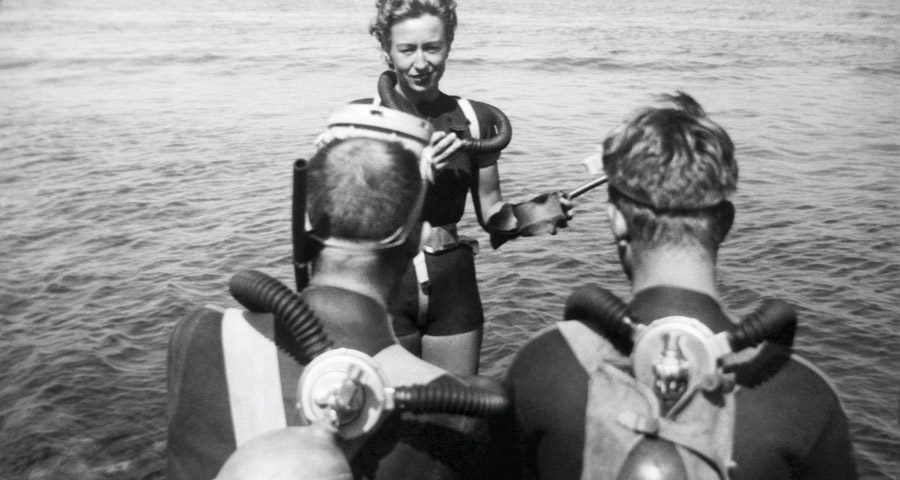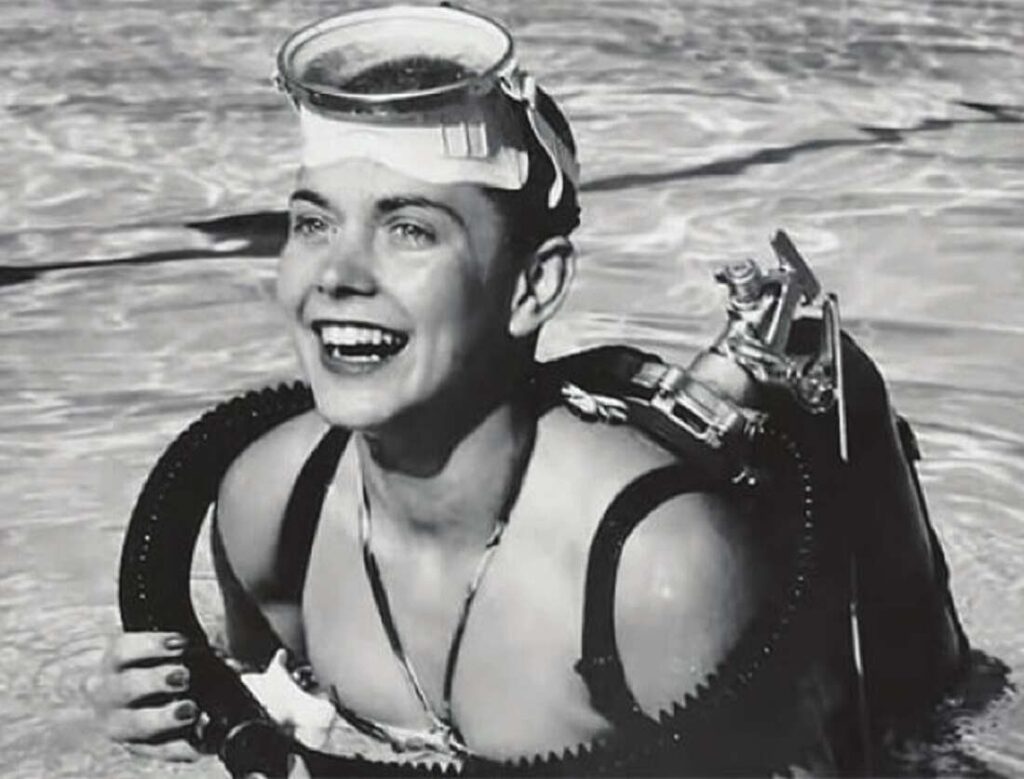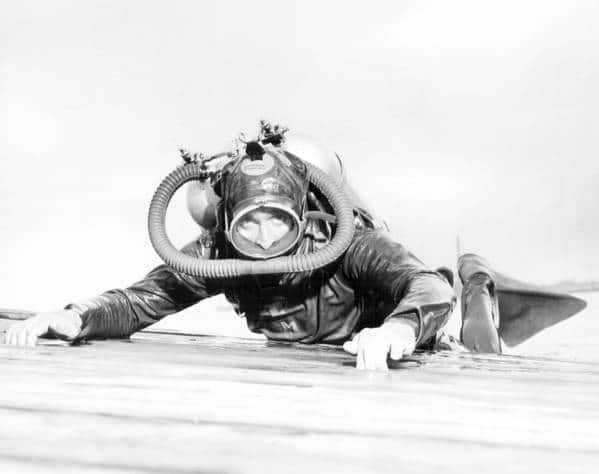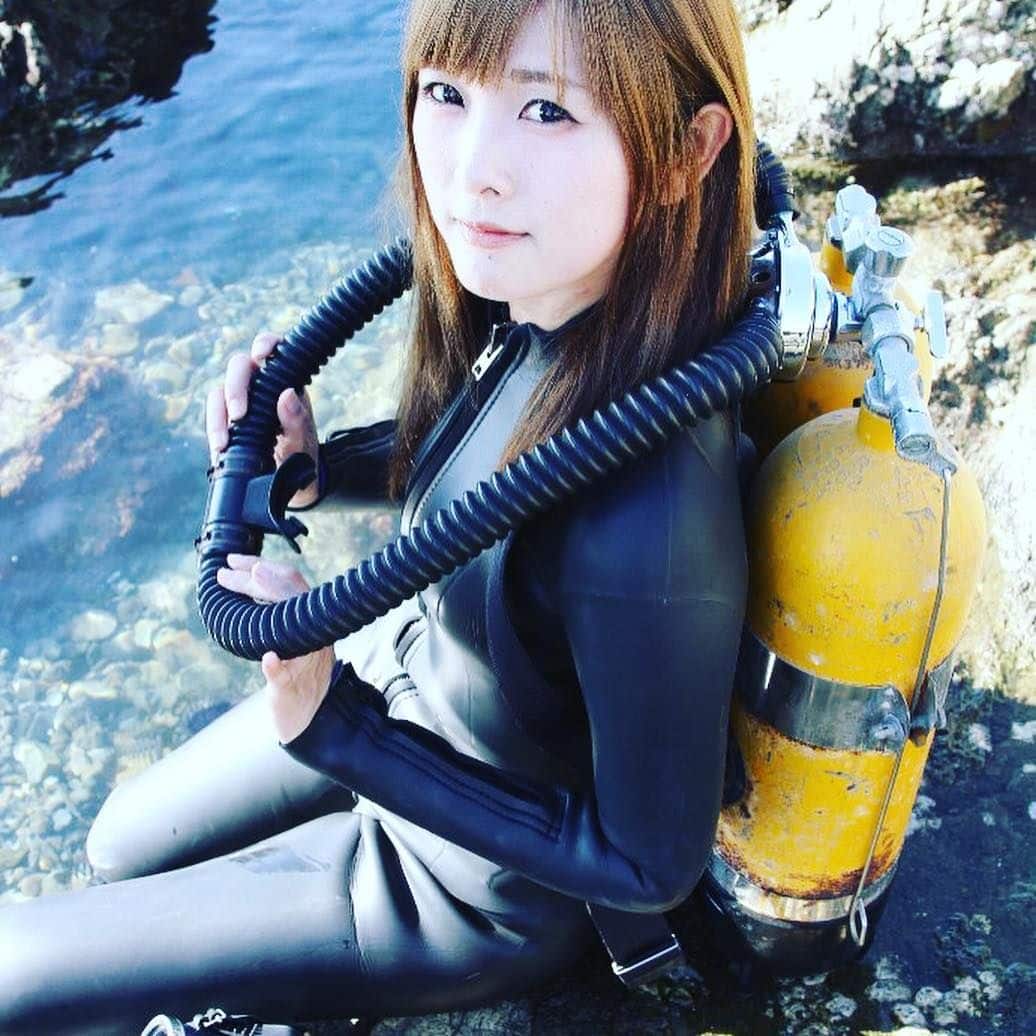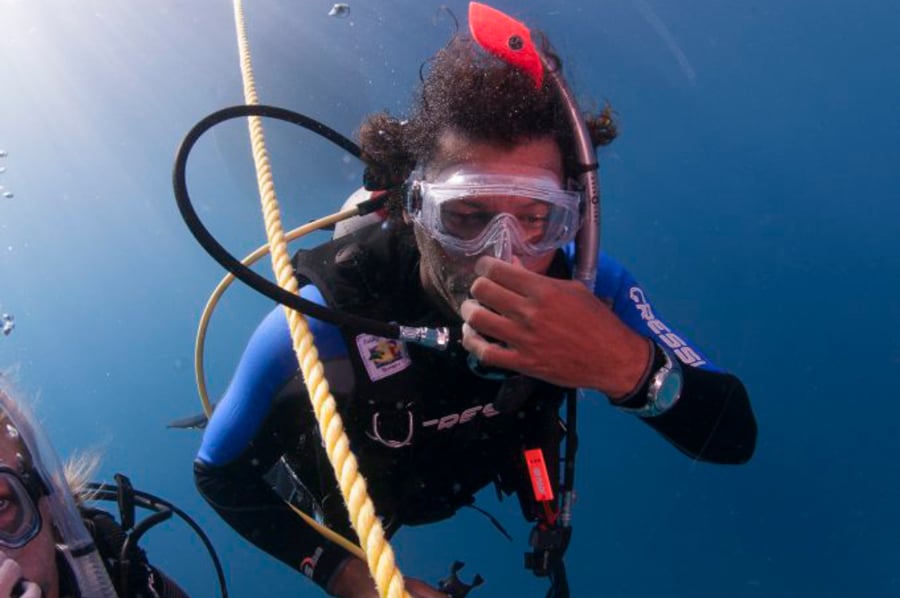When we talk about antique scuba, we are referring to the way things were done years ago in recreational diving. In today’s article, we are going to review how the equipment has evolved, how we learned to dive, and, on top, we are going to tell you a lot of stories. Our antique scuba expert is Victor Cordoba, HR director of Dressel Divers, who has more than 40 years of memories to tell.
Antique Scuba Gear
When I started diving, there were no dive centers. There were only clubs you had to join. The equipment they had was Cousteau’s one. In other words, a bi-trachea regulator that was attached to a tri-bottle. Now that was antique scuba!
Little by little, mono-cylinders were introduced, like the ones we use today in recreational diving. We donned the tanks using nylon harnesses, which were self-locking, so the bottles moved a lot.
Without an octopus, BCD, or wetsuit, we jumped into the water, but yes, with the bi-trachea. Sharing air was an interesting experience. You had to take the regulator out of your mouth and pass it to your partner over your head. We had to move forward being on top of each other. Keep in mind, you couldn’t pass it sideways, because the tubes were around your head. The problem was the air was coming out in a continuous flow. So, in the passing of the regulator, the air was flowing onto your dive buddy´s face. Poor thing!




